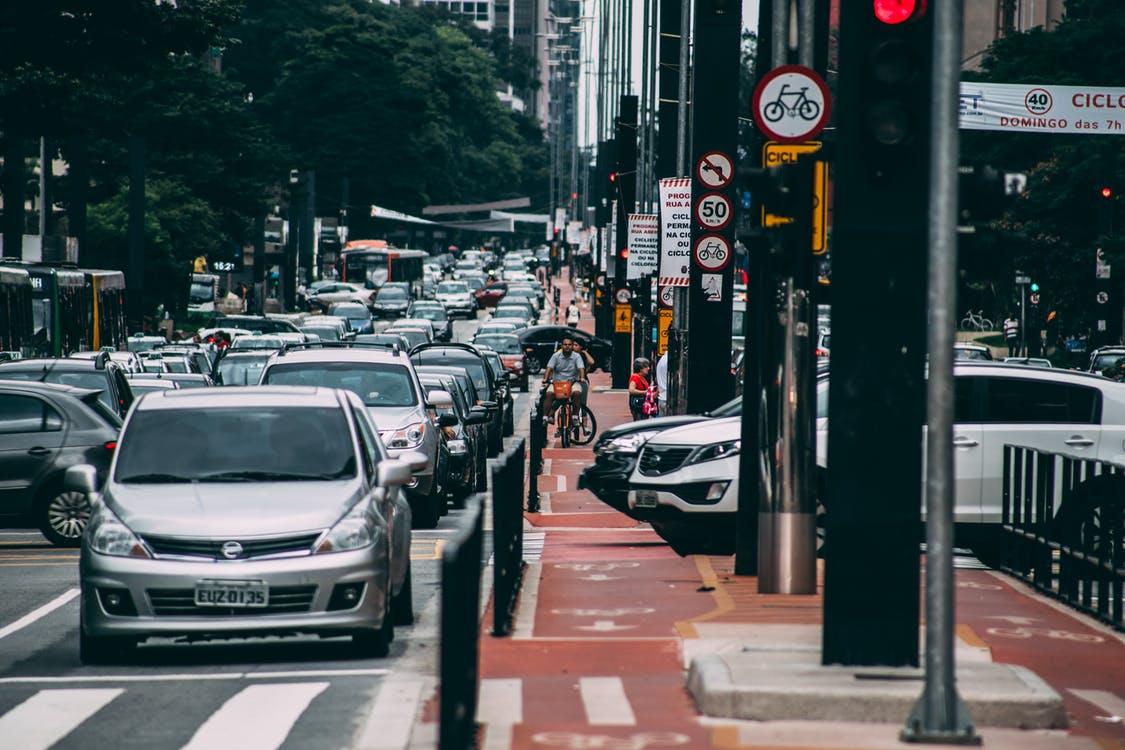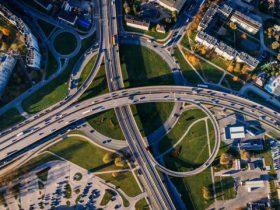–Asian cities are among the most congested, accident-prone in the world
–AI-driven intelligent traffic management systems could significantly improve not just traffic conditions, but bring ecological and business benefits as well
Cities across Asia are growing exponentially, and there seems to be no end in sight to the rapid urbanization that is driving city populations up around the world’s largest continent.
Large influxes of people migrating from the countryside to urban centers means that road and traffic systems are constantly being tested beyond their limits, and traffic management is a decidedly uphill challenge.
The situation has gotten so severe that Asia has a reputation for some of the worst traffic in the world. In fact, the continent accounts for six out of the top 10 most congested cities in the latest year ranking by Dutch location tech specialists TomTom. Bengaluru, India, and Manila, the Philippines top the list, and three other major Indian cities also made the top 10.
In the Indian capital of Delhi, drivers in the sprawling metropolis spend as much as 58% more time stuck in traffic compared to drivers in any other city in the world. With the problem only getting worse, city officials have been determined to find a workable solution. That quest led them to a new intelligent traffic management system driven by artificial intelligence (AI).
Intelligent traffic management systems refer to the usage of AI, machine learning, computer vision, sensors, and data analysis tools to collect and analyze traffic data, generate solutions, and apply them to the traffic infrastructure.
In Delhi, over 7,500 CCTV cameras, automated traffic lights, and one thousand LED signs carry sensors and cameras that are compiling real-time data on traffic conditions, which the AI processes into real-time insights. Local authorities can then use this data to make real-time decisions on how to balance traffic flow and can identify traffic patterns and congestion trends, so they can plan long-term for alleviating traffic issues.
Alibaba’s City Brain is perhaps one of the most widely-distributed intelligent traffic management systems in Asia. The AI-powered system is already in deployment in 23 cities in China, as well as in other countries such as Malaysia.
Gathering data such as video from intersection cameras and GPS data on the location of cars and buses, the platform crunches information in real-time and coordinates more than 1,000 road signals around the city with the aim of preventing or easing gridlock.
In Hangzhou, Alibaba’s base, the thriving metropolis of 7 million people was once ranked fifth among China’s most congested cities but has now dropped to 57th on the list.
Speaking to CNN, the company says that after two years of testing, the system appears to have shortened commutes and also helped first respondents by enabling fire trucks and ambulances to halve the amount of time it takes to respond to emergencies.
“The cities in China are probably facing more challenges than any other city,” said Wang Jian, chairman of Alibaba’s technology steering committee, who said the technology could pave the way for other smart city applications.
Municipalities with smart city aspirations are increasingly turning to AI-driven traffic solutions like this. Saudi Arabia, for instance, has a stated aim to transform into a smart nation as part of its Vision 2030 initiative. One of its major industrial hubs, Yanbu Industrial City, began integrating the AI-powered intelligent traffic management systems from Huawei, which now comprises over 250 high-definition cameras working at 16 major road intersections, supplying high-quality images and videos that feed data for officials to take immediate or planned actions.
The Intelligent Traffic Management System (ITMS) pushes AI to the fore, running smart algorithms to automatically identify traffic violations including running red lights, crossing lanes, reverse driving, and lane marking infractions, among others. The response is much faster, running about 100,000 data records and capable of receiving a response within seconds.
In addition to improving traffic conditions, ITMS also contributes towards smart city goals like environmental sustainability. The Surtrac intelligent traffic signal control system that is deployed at 50 intersections across Pittsburgh in the US, for instance, not only managed to reduce travel times by 26% or wait times at intersections by 41% but also curbed vehicle emissions by 21%.
Traffic management systems help to manage traffic and avoid accidents on the road, but they will also enable the traffic-choked cities in Asia to be more prepared to adopt autonomous vehicles which have a significantly less environmental footprint.
What’s more, the power of AI that propels a lot of the data analysis of these systems, is also what powers the navigation systems of ride-hailing as well as last-mile delivery operators. Deliveries or order fulfillments that had to be delayed in the past, can now be enhanced significantly as cities around Asia continue taking up such intelligent traffic systems.
Link: https://techwireasia.com/2020/08/ai-powered-traffic-management-is-slashing-asias-congestion-problem/
Source: https://techwireasia.com
















Leave a Reply